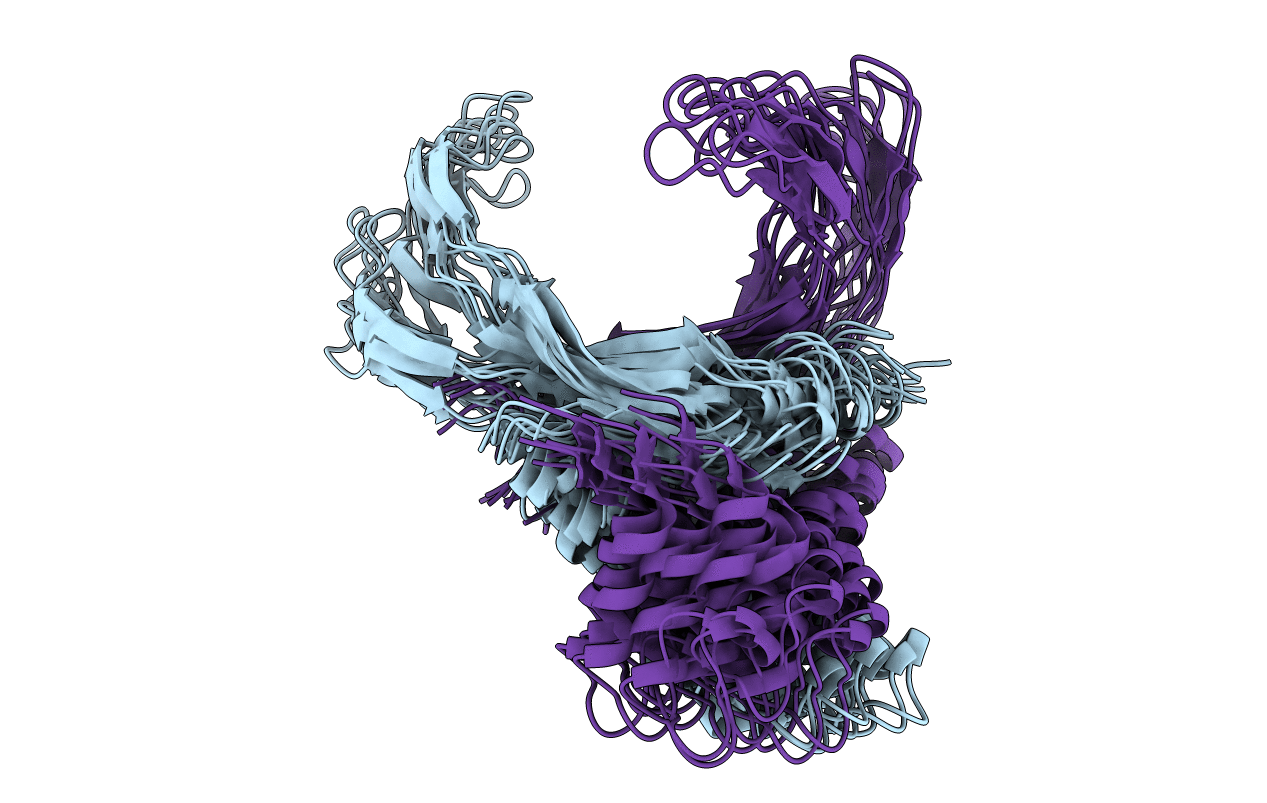
Deposition Date
2017-07-13
Release Date
2017-08-23
Last Version Date
2024-06-19
Entry Detail
PDB ID:
5OGU
Keywords:
Title:
Structure of DNA-binding HU protein from micoplasma Spiroplasma melliferum
Biological Source:
Source Organism:
Spiroplasma melliferum KC3 (Taxon ID: 570509)
Host Organism:
Method Details:
Experimental Method:
Conformers Calculated:
5000
Conformers Submitted:
15
Selection Criteria:
structures with the least restraint violations


